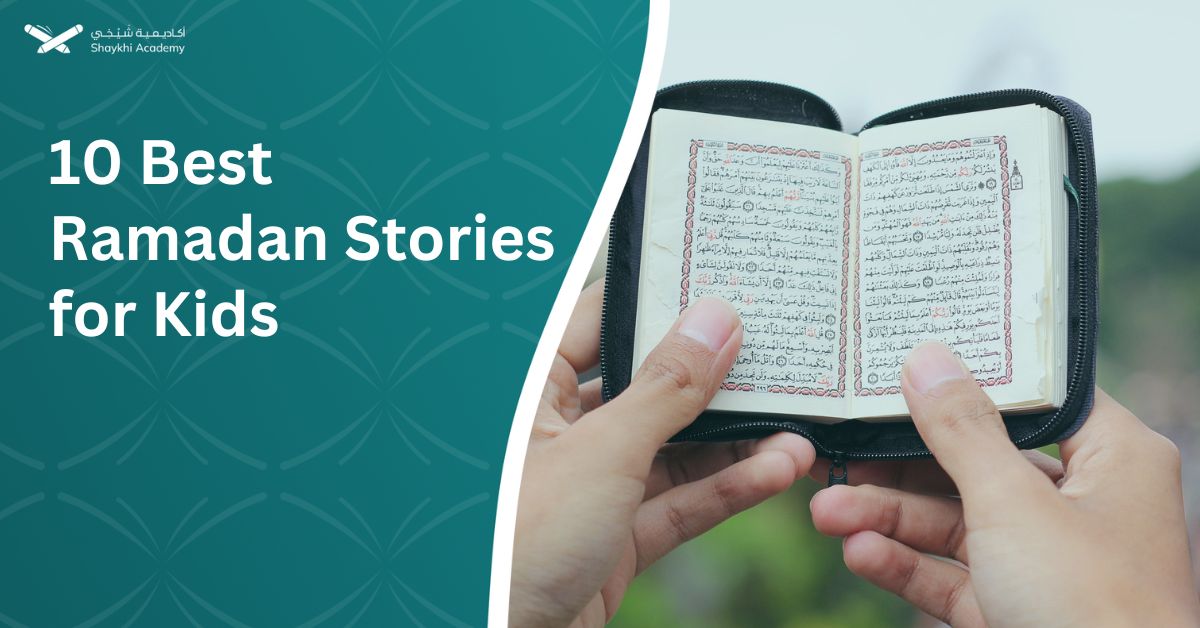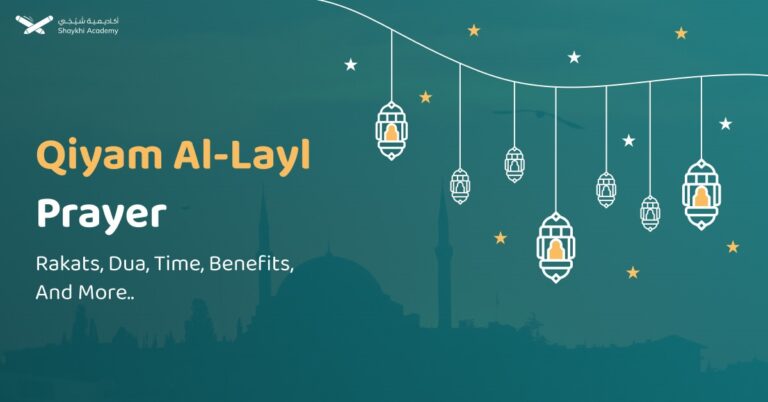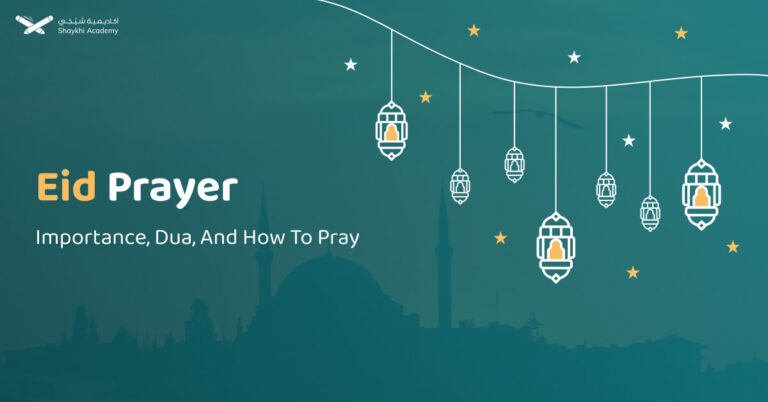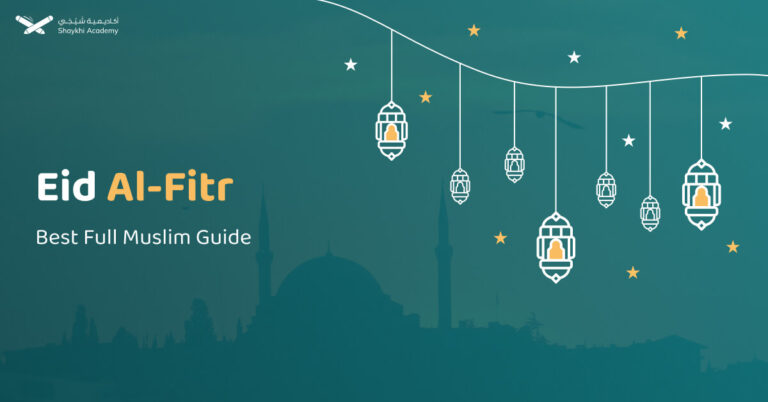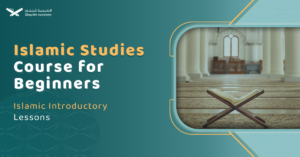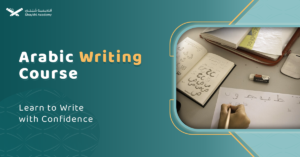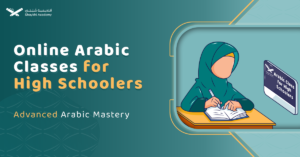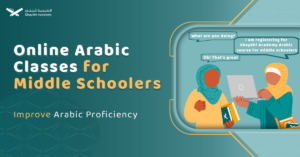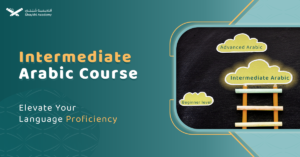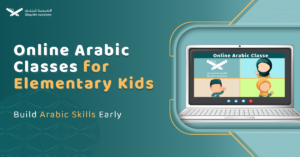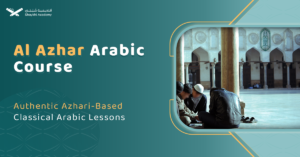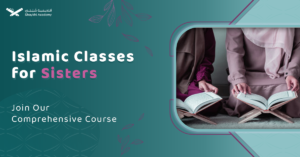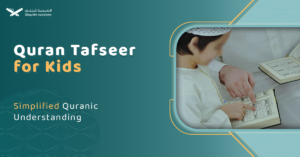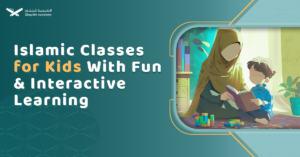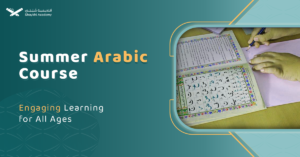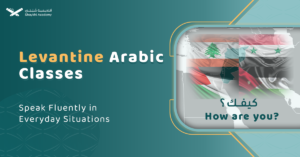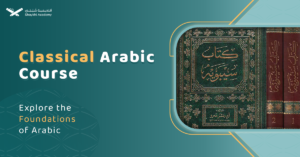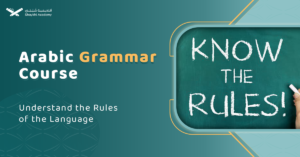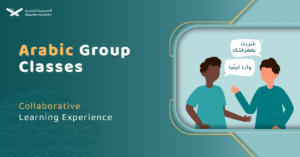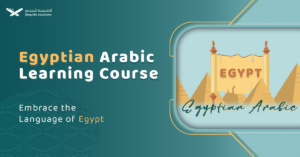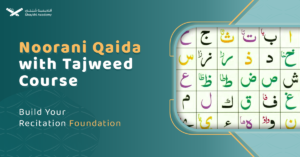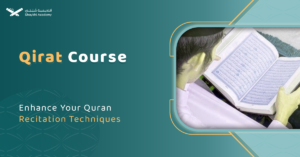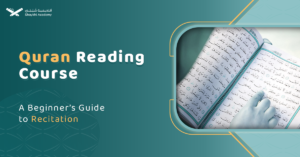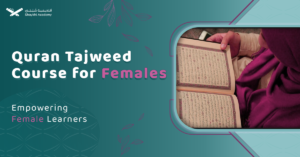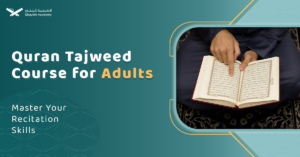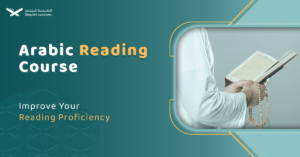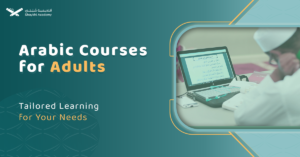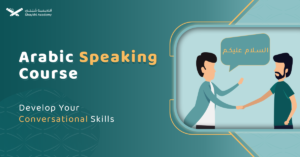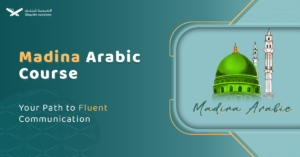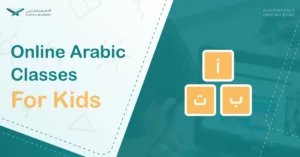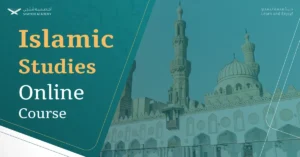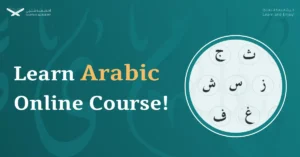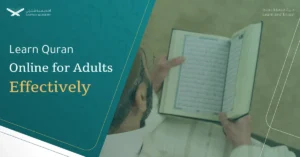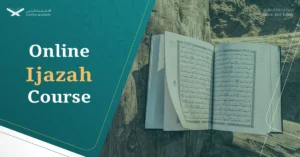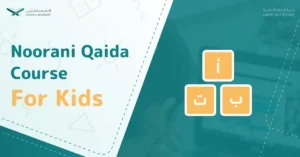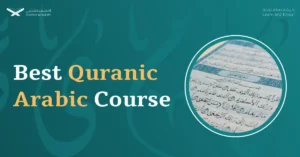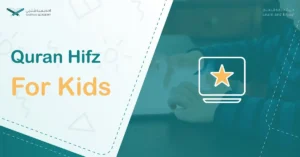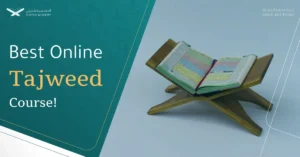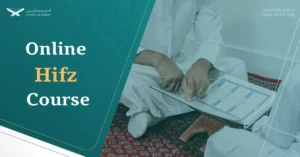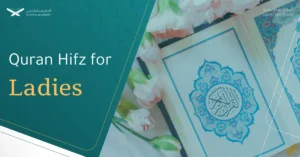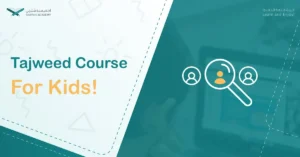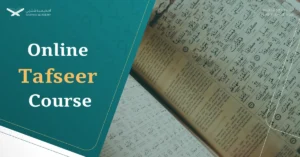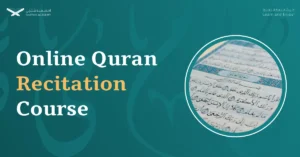Here are the 10 Best Ramadan Stories for Kids. Teaching kids about Ramadan is not only an opportunity to impart cultural and religious knowledge but also a chance to instill important values such as empathy, compassion, and gratitude.
One effective way to engage children in learning about Ramadan is through storytelling. Stories have the power to captivate young minds, making complex concepts more accessible and relatable.
Educational courses play a crucial role in this process by providing structured learning experiences that complement storytelling. The Quran courses for kids at Shaykhi Academy for example are designed to cater to different age groups and learning styles, ensuring that children receive a comprehensive understanding of Ramadan.
Ramadan Stories for Kids:
Teaching kids about Ramadan through storytelling is a powerful way to impart cultural and religious knowledge while instilling values like empathy and gratitude.
Educational courses in this case will feed them on the rich Arabic language; for example: Shaykhi Academy’s Arabic classes for kids play a vital role in teaching them the vocabulary of Ramadan.
These stories are also suitable to adults who are learning about the basics of Ramadan; as they are a fun and an entertaining source of knowledge and culture, and usually the tutors of the Islamic Studies course at Shaykhi Academy would utilize such stories to introduce the topic to new students.
1- The Ramadan Basket by Sarah Khan:
In the heart of a bustling village, there lived a family with many children. The parents worked hard to provide for their family, but as Ramadan approached, they struggled to afford enough food for iftar, the meal to break their fast. The children, though young, noticed their parents’ worries and tried to help by sharing their toys and doing extra chores.
One day, their kind neighbors noticed the family’s struggles and decided to take action. They secretly organized a plan to leave a basket filled with delicious food—dates, fresh bread, fruits, and homemade dishes—at the family’s doorstep each evening before iftar. The family was overwhelmed with gratitude and wondered who their mysterious helpers could be.
As the days passed, the family began to feel the warmth of their community’s love. Inspired by this act of kindness, they decided to pay it forward. Even though they didn’t have much, they started sharing small portions of their own meals with an elderly neighbor who lived alone. The spirit of generosity spread throughout the village, creating a chain of kindness that made Ramadan truly special for everyone.
Key Lessons:
- The importance of community and helping those in need.
- Gratitude for even the smallest blessings.
- The joy of giving, no matter how little you have.
Discussion Questions:
How can we show kindness to others in our own community?
How do you think the family felt when they received the basket?
What would you do if you saw someone in need during Ramadan?
2- Aisha’s Eid Gifts by Yasmin Rahman:
Meet Aisha, a cheerful and creative young girl who loves her family dearly. As Eid approached, Aisha dreamed of surprising her parents and siblings with special gifts. She imagined her mother’s smile when she received a beautiful scarf, her father’s joy at getting a new book, and her siblings’ excitement over small toys.
However, Aisha soon realized she didn’t have enough money to buy the gifts she wanted. Instead of giving up, she decided to save every coin she could find. She helped her neighbors with small tasks, like watering their plants or walking their pets, and saved the money they gave her. She even made handmade cards and decorations to sell at a small stall in her neighborhood.
As Ramadan progressed, Aisha learned valuable lessons about patience, hard work, and the true meaning of generosity. She realized that the best gifts come from the heart, not from how much they cost. On Eid morning, Aisha proudly presented her family with the gifts she had worked so hard for. Her family was touched by her thoughtfulness and effort, and they celebrated Eid with love and gratitude.
Key Lessons:
- The value of hard work and determination.
- The importance of giving from the heart.
- Celebrating Eid with love and gratitude, not just material gifts.
Discussion Questions:
What are some ways we can show love and appreciation to our family during Eid?
What would you do if you wanted to give a gift but didn’t have enough money?
How do you think Aisha felt when she finally gave her gifts to her family?
Also Check Best 10 Ramadan Books For kids.
3- Ali and the Magic Lantern by Rukhsana Khan:
Join Ali, a curious and kind-hearted boy, on a magical adventure during Ramadan. One day, while exploring his attic, Ali discovers an old, dusty lantern hidden beneath a pile of boxes. When he rubs the lantern to clean it, a magical genie appears, offering him three wishes.
Instead of wishing for toys, games, or sweets, Ali thinks deeply about what truly matters. He wishes for strength to fast during Ramadan, wisdom to learn from the holy month’s teachings, and compassion to help others in need. The genie is amazed by Ali’s selflessness and grants him a bonus wish. Ali uses this final wish to spread kindness and joy throughout his community, becoming a hero in heartwarming Ramadan stories for kids.
With his newfound virtues, Ali helps his neighbors, shares his iftar meals with those in need, and even organizes a community clean-up project. His actions inspire others to follow his example, creating a ripple effect of generosity and love.
Key Lessons:
- The importance of selflessness and thinking of others.
- The value of fasting, learning, and helping during Ramadan.
- How small acts of kindness can make a big difference in the community.
Discussion Questions:
- What would you wish for if you found a magic lantern?
- How do you think Ali felt when he helped others?
- What are some ways you can show kindness during Ramadan?
Interactive Elements:
Act out the story with props like a lantern and a “genie” costume, letting children take turns playing Ali and the genie.
Encourage children to draw their own magic lantern and write down three wishes that reflect the spirit of Ramadan.
4- Moonlight Ramadan by Na’ima B. Robert:
Through the enchanting tale of Moonlight Ramadan, young readers are introduced to the significance of the moon in Islam and the joyous atmosphere of the holy month. The story begins with families preparing for Ramadan, cleaning their homes, and decorating with lanterns and crescent moons.
As the crescent moon is sighted, signaling the start of Ramadan, the community comes alive with excitement. Children eagerly join their families for suhoor, the pre-dawn meal, and look forward to iftar, the meal to break the fast. The story beautifully captures the rituals of Ramadan, such as praying Taraweeh, reading the Quran, and giving charity.
With lyrical prose and captivating illustrations, Moonlight Ramadan inspires children to embrace the traditions of the holy month with love and devotion. The story highlights the beauty of family gatherings, the warmth of community, and the spiritual growth that comes from fasting and prayer.
Key Lessons:
- The significance of the crescent moon in marking the start and end of Ramadan.
- The importance of family, community, and spiritual reflection during the holy month.
- The joy of participating in Ramadan traditions like fasting, prayer, and charity.
Discussion Questions:
- How do you and your family prepare for Ramadan?
- What is your favorite part of Ramadan, and why?
- How does the sighting of the crescent moon make you feel?
Interactive Elements:
- Create a “Moonlight Ramadan” craft by making crescent moon and star decorations using paper, glitter, and string.
- Organize a moon-watching activity where children can observe the crescent moon and mark its phases throughout Ramadan.
Additional Notes for Storytelling:
Encourage them to perform small acts of kindness, like helping a neighbor or sharing a meal, and reflect on how it made them feel.
Cultural Connections: Explain the role of the moon in Islamic traditions, such as determining the start of Ramadan and Eid. Discuss the importance of lanterns as a symbol of light and hope during Ramadan.
Language Learning: Introduce Arabic words like “hilal” (crescent moon), “Taraweeh” (night prayers), and “suhoor” (pre-dawn meal) to enrich the storytelling experience.
Use resources like Shaykhi Academy’s Arabic classes for kids to help children learn these terms in a fun and engaging way.
Follow-Up Activities: Have children create a “Ramadan Journal” where they can write or draw about their experiences during the holy month, inspired by Ali’s journey or the moonlit nights of Ramadan.
5- The Sharing Tree by Yusuf Islam:
In a bustling city, there stood a solitary tree bearing the most delicious dates. This tree was no ordinary tree—it was a symbol of generosity and community. Every Ramadan, people from all walks of life would gather under its shade to break their fasts and enjoy its sweet fruit.
One year, a little girl named Layla noticed that the tree’s branches were bending under the weight of its ripe dates. Inspired by the spirit of Ramadan, Layla decided to pick some dates and share them with her neighbors. She went door to door, offering the dates to elderly neighbors, families with young children, and even strangers passing by.
Layla’s act of kindness inspired others to do the same. Soon, the entire community was sharing food, gifts, and smiles, creating a chain of generosity that made Ramadan truly special. The Sharing Tree became a symbol of unity and love, reminding everyone that the joy of Ramadan lies in giving and caring for others.
Key Lessons:
- The importance of sharing and generosity during Ramadan.
- How small acts of kindness can bring a community together.
- The joy of giving and making others happy.
Discussion Questions:
- What would you do if you had a tree full of delicious dates?
- How do you think Layla felt when she shared the dates with her neighbors?
- What are some ways you can share with others during Ramadan?
Interactive Elements:
Organize a community sharing activity where children bring small items to exchange with their peers.
Have children create their own “Sharing Tree” by drawing a tree and adding paper dates with messages of kindness.
Read: Ramadan Facts For kids.
6- The Brave Sparrow of Ramadan by Asma Mobin-Uddin:
Set against the backdrop of Ramadan, this courageous tale follows the journey of a brave sparrow who stands up to a threatening cat in the mosque courtyard. The sparrow, like many others, was fasting and struggling to find food. But when a menacing cat began to stalk the mosque’s feathered residents, the sparrow knew she had to act.
Determined to protect her fellow sparrows, the brave sparrow confronted the cat. Using her wit and courage, she outsmarted the cat and led it away from the mosque. Her bravery not only saved her friends but also taught them the importance of standing up for what is right, even in the face of danger.
Key Lessons:
- The value of courage and standing up for others.
- The importance of kindness and protecting those in need.
- How even the smallest creatures can make a big difference.
Discussion Questions:
- What would you do if you saw someone being treated unfairly?
- How do you think the sparrow felt when she protected her friends?
- What are some ways you can show bravery and kindness during Ramadan?
Interactive Elements:
Act out the story with children taking turns playing the sparrow, the cat, and the other birds.
Create a “Brave Sparrow” craft using paper, feathers, and googly eyes.
7- Omar’s Magic Carpet Ride by Fatima Mernissi:
Join young Omar on an extraordinary adventure through the night sky on a magical carpet during the holy month of Ramadan. As Omar embarks on his enchanted journey, he visits different parts of the world, encountering diverse cultures and traditions.
In each place, Omar learns valuable lessons about empathy, understanding, and the beauty of diversity. He meets children who celebrate Ramadan in unique ways, from lantern festivals in Egypt to communal iftars in Indonesia. Through these experiences, Omar realizes that while traditions may vary, the spirit of Ramadan—love, generosity, and faith—is universal.
Key Lessons:
- The importance of empathy and understanding different cultures.
- The beauty of diversity and how it enriches our lives.
- The universal values of love, generosity, and faith during Ramadan.
Discussion Questions:
- What would you like to see if you went on a magic carpet ride?
- How do you think Omar felt when he met children from different cultures?
- What are some ways we can celebrate diversity during Ramadan?
Interactive Elements:
- Have children create their own “Magic Carpet” using paper, markers, and fabric scraps.
- Organize a “Ramadan Around the World” activity where children learn about how Ramadan is celebrated in different countries.
Additional Notes for Storytelling:
Encourage them to perform small acts of kindness, like helping a neighbor or sharing a meal, and reflect on how it made them feel.
Cultural Connections:
Explain the significance of dates in Ramadan and why they are traditionally eaten to break the fast.
Discuss the importance of community and how different cultures celebrate Ramadan.
Language Learning:
Introduce Arabic words like “tamr” (dates), “sadaqah” (charity), and “Eid Mubarak” (Blessed Eid) to enrich the storytelling experience.
Use resources like Shaykhi Academy’s Arabic classes for kids to help children learn these terms in a fun and engaging way.
Follow-Up Activities:
Have children create a “Ramadan Journal” where they can write or draw about their experiences during the holy month, inspired by Omar’s journey or Layla’s kindness.
8- Ahmad’s Lantern by Azza Basarudin:
Meet Ahmad, a creative and kind-hearted boy who loves crafting beautiful lanterns. As Ramadan approaches, Ahmad sets out to create the most magnificent lanterns to adorn his home and neighborhood. He spends hours cutting, painting, and decorating, pouring his heart into each design.
One day, Ahmad notices that some of the children in his community don’t have lanterns to celebrate Ramadan. Inspired by the spirit of sharing, he decides to teach them how to make their own. Together, they create a dazzling display of lights, transforming their neighborhood into a glowing wonderland.
Through this experience, Ahmad learns that the true beauty of Ramadan lies in sharing and bringing joy to others. His lanterns become a symbol of unity and friendship, reminding everyone that the light of Ramadan shines brightest when we come together.
Key Lessons:
- The importance of sharing and teaching others.
- The joy of creativity and working together as a community.
- How small acts of kindness can brighten someone’s day.
Discussion Questions:
- What would you create to celebrate Ramadan?
- How do you think Ahmad felt when he saw the neighborhood lit up with lanterns?
- What are some ways you can share your talents with others during Ramadan?
Interactive Elements:
Display the lanterns in the classroom or at home to create a festive Ramadan atmosphere.
Organize a lantern-making workshop where children can create their own Ramadan lanterns using paper, glue, and decorations.

9- The Gift of Ramadan by Rabiah York Lumbard:
Join best friends Fatima and Ali as they navigate the challenges of /blog/ramadan-medication-rules/. When Ali falls ill and is unable to fast, Fatima stands by his side, offering him comfort and support.
Together, they find creative ways to celebrate Ramadan. Fatima reads Quranic stories to Ali, and they pray together. Ali, though unable to fast, focuses on acts of kindness, like helping his mother prepare iftar meals. Through their friendship, they discover the true meaning of faith, resilience, and the importance of supporting one another.
Key Lessons:
- The value of friendship and supporting others during difficult times.
- The importance of finding alternative ways to participate in Ramadan when fasting isn’t possible.
- How acts of kindness and prayer can bring us closer to Allah.
Discussion Questions:
- How would you help a friend who is feeling unwell during Ramadan?
- What are some ways you can celebrate Ramadan if you can’t fast?
- How do you think Fatima and Ali’s friendship grew stronger during Ramadan?
Interactive Elements:
Act out the story, with children taking turns playing Fatima and Ali, to explore the themes of support and resilience.
Have children create “Friendship Cards” with messages of encouragement for their friends or family members.
10- Night of the Moon: A Muslim Holiday Story by Hena Khan:
Set against the backdrop of Ramadan, this beautifully illustrated book tells the story of Laylat al-Qadr, the Night of Destiny, through the eyes of young Yasmeen. As Ramadan progresses, Yasmeen eagerly awaits the arrival of this special night, learning about its significance and the blessings it brings.
Yasmeen’s family explains that Laylat al-Qadr is better than a thousand months and is a time for prayer, reflection, and seeking forgiveness. Yasmeen stays up late, praying and reading Quranic verses, hoping to witness the magic of this blessed night. Through vivid storytelling and captivating illustrations, Night of the Moon celebrates the spiritual journey of Ramadan and the importance of self-reflection and gratitude.
Key Lessons:
- The significance of Laylat al-Qadr and its blessings.
- The importance of prayer, reflection, and seeking forgiveness during Ramadan.
- How Ramadan is a time for spiritual growth and connecting with Allah.
Discussion Questions:
- What would you pray for on Laylat al-Qadr?
- How do you think Yasmeen felt when she learned about the blessings of this special night?
- What are some ways you can prepare for Laylat al-Qadr?
Interactive Elements:
- Create a “Night of the Moon” craft by making a crescent moon and star mobile using paper, string, and glitter.
- Organize a family or classroom prayer session where children can recite short Quranic verses and make duaas.
Additional Notes for Storytelling:
Encourage them to perform small acts of kindness, like helping a neighbor or sharing a meal, and reflect on how it made them feel.
Cultural Connections:
Explain the significance of lanterns in Ramadan traditions, such as symbolizing light and hope.
Discuss the importance of Laylat al-Qadr and how Muslims around the world observe this special night.
Language Learning:
Introduce Arabic words like “fanous” (lantern), “Laylat al-Qadr” (Night of Destiny), and “duaa” (supplication) to enrich the storytelling experience.
Use resources like Shaykhi Academy’s Arabic classes for kids to help children learn these terms in a fun and engaging way.
Follow-Up Activities:
Have children create a “Ramadan Reflection Journal” where they can write or draw about their experiences during the holy month, inspired by Yasmeen’s story or Ahmad’s lanterns.
Also read: Ramadan Rules for Kids: Age, Eating, Fasting, Drinking, and More.
Join Shaykhi Academy’s Comprehensive Quran Classes for Kids
Are you searching for an engaging and effective way to teach your child about the Quran and Islamic stories? Look no further than Shaykhi’s online Quran classes for kids! Our courses are specially designed to make learning about the Quran interactive, enjoyable, and meaningful for children of all ages.
Through our carefully crafted curriculum, children will not only learn to recite the Quran but also gain a deeper understanding of its teachings and stories. Our experienced instructors use storytelling and interactive activities to bring Islamic stories to life, making learning both educational and fun.
At Shaykhi, we understand the importance of instilling Islamic values and teachings in children from a young age. That’s why our courses emphasize not just recitation, but also comprehension and application of Quranic principles in daily life.
Enroll your child in Shaykhi’s online Quran classes today and give them the gift of a deeper understanding and appreciation of the Quran and Islamic stories.
By teaching kids about Ramadan through storytelling and educational courses, we not only educate them about a significant religious observance but also foster a sense of understanding and respect for cultural diversity.
This, in turn, helps build a more inclusive and harmonious society where individuals of all backgrounds can coexist peacefully.

